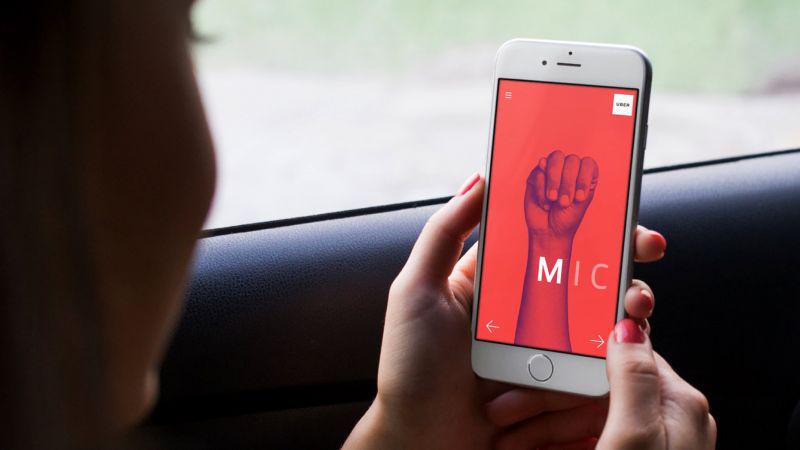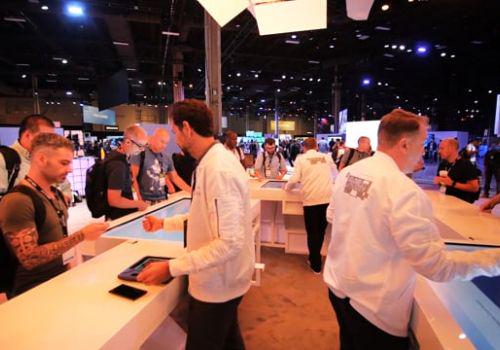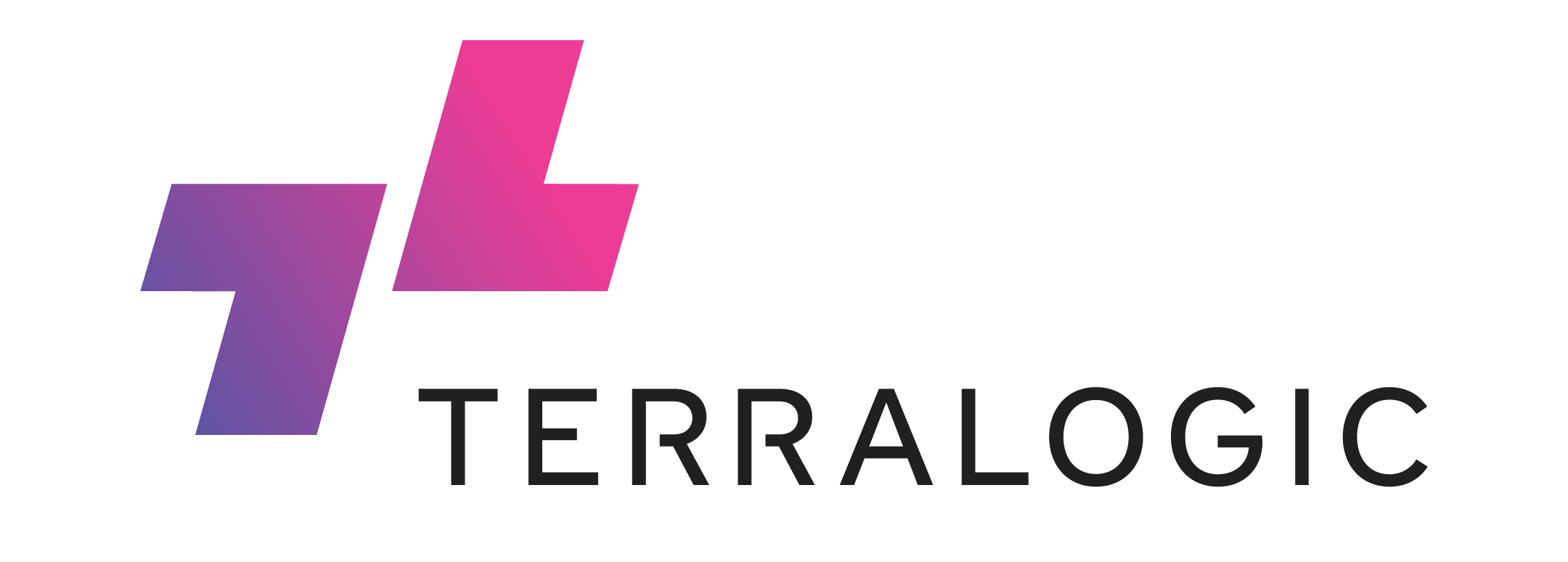
Some details
According to the Communication Service for the Deaf, the rate of underemployment in the deaf community is 70%. Many deaf or hearing impaired people are finding work in the gig economy, but for those choosing to drive for ride-sharing services, the challenges of communication with riders can be a daunting obstacle while trying to make a living.
Uber wanted to support its hearing impaired community by making communication
easier between riders and deaf drivers. To do this, they asked us to bridge the language gap between American Sign Language and spoken english.We interviewed deaf drivers to identify the key friction points during a ride: identification of the rider, and providing directions while en route. We learned that many riders had been paired with deaf drivers, but were embarrassed they were unable to sign their name, or even say “thank you.”















